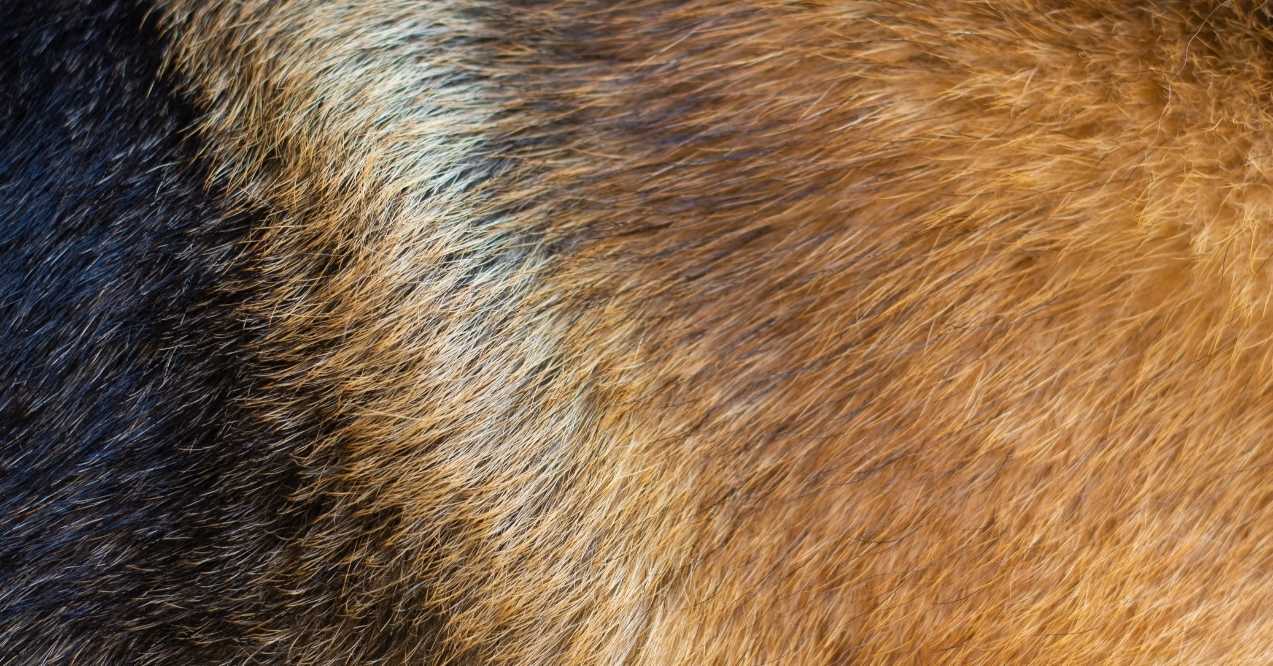8 French Bulldog Skin Problems (How to Help)
French bulldog skin problems are a common concern for many Frenchie parents. These adorable companions have unique skin characteristics that need special attention to keep them comfortable and happy. From their characteristic wrinkles to their short coat, Frenchies can face several skin challenges throughout their lives.
The good news? This blog, we’ll explore eight common skin conditions that affect French bulldogs and share practical tips for grooming and nutrition that can support your pup’s skin health and overall well-being.
Common French Bulldog Skin Conditions
When it comes to french bulldog skin issues, our wrinkly friends need extra attention to stay comfortable. These adorable pups have unique skin characteristics that make them more susceptible to various conditions. Let’s dive into the most common frenchie skin issues and learn how to help our four-legged companions maintain healthy skin.
1. Skin Fold Dermatitis
Those adorable wrinkles that make Frenchies so charming require daily attention. These folds can trap moisture and debris, making your pup uncomfortable. The key is establishing a simple daily cleaning routine – morning and evening works best.
Use a soft, clean cloth and gently clean between each fold, paying special attention to deeper wrinkles around the face and tail area. Always remember to dry thoroughly after cleaning to maintain your pup’s comfort. Making this a positive experience with treats and praise helps create a bonding routine you’ll both enjoy.
2. Hot Spots

Frenchie hot spots can appear suddenly and cause discomfort for your pup. These moist, irritated patches often develop when your Frenchie focuses too much attention on one area through licking or scratching. Early signs include excessive licking and reddish patches on the skin.
Keep your buddy dry after baths, swimming, or rainy walks, and provide engaging toys to distract from excessive licking. A soft, clean collar can help protect sensitive areas. Regular grooming sessions help you spot potential problems early while bonding with your furry friend.
3. Frenchie Skin Bumps
Those pesky frenchie skin bumps commonly appear around the face and muzzle area, similar to teenage acne in humans. Maintaining a clean face is crucial, especially after meals and outdoor adventures. Use pet-safe cleansing wipes daily, particularly around the wrinkles and chin area.
Never squeeze or pick at the bumps, as this can worsen the situation. Keep food bowls and toys clean to reduce contact with bacteria. A consistent cleaning routine makes a big difference in keeping your Frenchie’s skin clear and healthy.
4. Dry Skin
French bulldog itchy skin often results from dryness, making your pup uncomfortable. Regular brushing sessions help distribute natural oils throughout their coat while giving you quality bonding time. Keep fresh water available at all times and consider adding moisture-rich foods to their diet.
Using a humidifier in your home during dry seasons can help maintain skin moisture levels. Gentle, sulfate-free shampoos work best for bath time, followed by thorough drying. Remember to limit bathing to prevent stripping natural oils from their skin.
5. Pyoderma
French bulldog skin conditions like pyoderma often start in skin folds where moisture creates an ideal environment for unwanted growth. Watch for redness, unusual bumps, or crusty patches on your pup’s skin. Daily cleaning with gentle, pet-safe products helps maintain healthy skin. Moreover, focus on keeping wrinkles and folds dry, especially after activities. A consistent cleaning routine using suitable cleansers can help your Frenchie stay comfortable.
6. Interdigital Cysts

When it comes to french bulldog skin rash concerns, paw problems like interdigital cysts need special attention. These uncomfortable bumps between the toes can make walking difficult for your Frenchie. Keep those cute paws clean and dry, especially after outdoor adventures.
Gentle paw cleaning should become part of your daily routine. Regular paw checks help spot early signs of discomfort. Use warm compresses to provide comfort if you notice any swelling. Consider protective boots during wet weather walks.
7. Canine Seborrhea
This condition can make your Frenchie’s skin either too dry or too oily. Regular brushing helps distribute natural skin oils and removes loose flakes. Keep bath time gentle with appropriate pet shampoos – harsh products can worsen the situation. A consistent grooming schedule makes a big difference in managing this condition. Watch for changes in your pup’s skin texture and adjust their grooming routine accordingly.
8. Fur Loss and Bald Spots

French bulldog itchy skin can sometimes lead to fur loss, creating patchy or bald areas. Regular brushing helps you notice any changes in your pup’s coat early on. A balanced diet rich in essential nutrients supports healthy fur growth. Consider adding omega-rich foods to their meals. Additionally, keep a photo diary of any concerning spots to track changes over time.
Grooming Tips for a Happy, Healthy Frenchie
Although french bulldog skin problems are common, simple daily routines can help keep your pup healthy and happy:
- Clean face wrinkles every morning and evening with a soft, clean cloth
- Gently brush your pup’s coat 2-3 times weekly to distribute natural oils
- Check and wipe paw pads after walks, especially in wet weather
- Use lukewarm water and gentle pet shampoo for monthly baths
- Keep grooming sessions short and positive with treats and praise
- Store a clean towel near the door for quick drying after outdoor activities
- Maintain clean bedding with weekly washing
- Use fragrance-free wipes for quick cleanups throughout the day
Nutrition Tips for Healthy Skin and What Your Frenchie Needs

A balanced diet plays a key role in maintaining your Frenchie’s skin health. Here’s what your pup needs for a healthy coat and comfortable skin:
Essential nutrients for skin health:
- Omega-3 fatty acids from fish oils
- Protein from high-quality sources
- Vitamin E for skin moisture
- Zinc for coat strength
Foods that support skin health:
- Fresh fish like salmon or sardines
- Sweet potatoes for vitamins
- Eggs for protein and biotin
- Green vegetables for minerals
- Fresh, clean water always available
Watch out for these common irritants:
- Artificial preservatives
- Synthetic food coloring
- Low-quality fillers
- Excess processed ingredients
Remember, a well-balanced diet rich in natural ingredients helps your Frenchie maintain healthy skin from the inside out. Small, consistent changes in nutrition often make a big difference in your pup’s skin comfort and coat shine.
Conclusion
French bulldog skin problems can be managed effectively with consistent care and attention. By following regular grooming routines, maintaining proper nutrition, and paying attention to your pup’s unique needs, you can help your Frenchie stay comfortable and happy.
Remember, every Frenchie is different, so observe what works best for your furry friend and make adjustments as needed. With the right care, your Frenchie can enjoy healthy, comfortable skin all year round.
Clean your Frenchie’s skin folds twice daily – morning and evening. Use a soft cloth and make sure to dry thoroughly after cleaning. Regular cleaning as part of your daily routine helps maintain skin comfort.
Keep your Frenchie’s skin dry, especially after walks or baths. Regular grooming helps spot early signs. Use distractions like toys when excessive licking starts. Regular brushing helps distribute natural oils.
Fur loss often relates to nutrition or grooming needs. Focus on omega-rich foods, regular brushing, and gentle bathing. Track changes in coat condition and maintain consistent grooming routines.
Advertisement. This site offers health, wellness, fitness and nutritional information and is designed for educational purposes only. You should not rely on this information as a substitute for, nor does it replace, professional medical advice, diagnosis, or treatment. If you have any concerns or questions about your health, you should always consult with a physician or other health-care professional. Do not disregard, avoid or delay obtaining medical or health related advice from your health-care professional because of something you may have read on this site. The use of any information provided on this site is solely at your own risk.



















